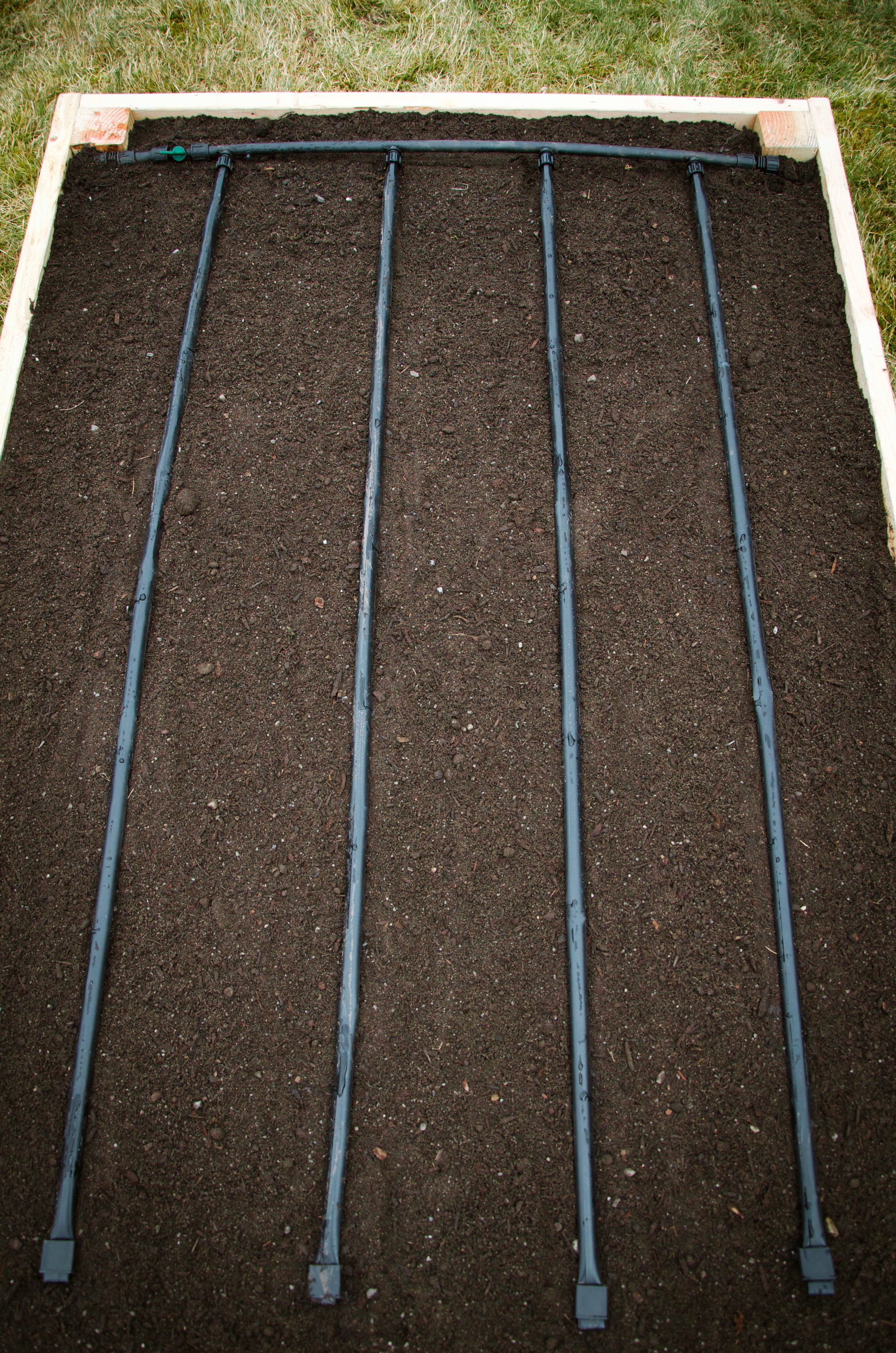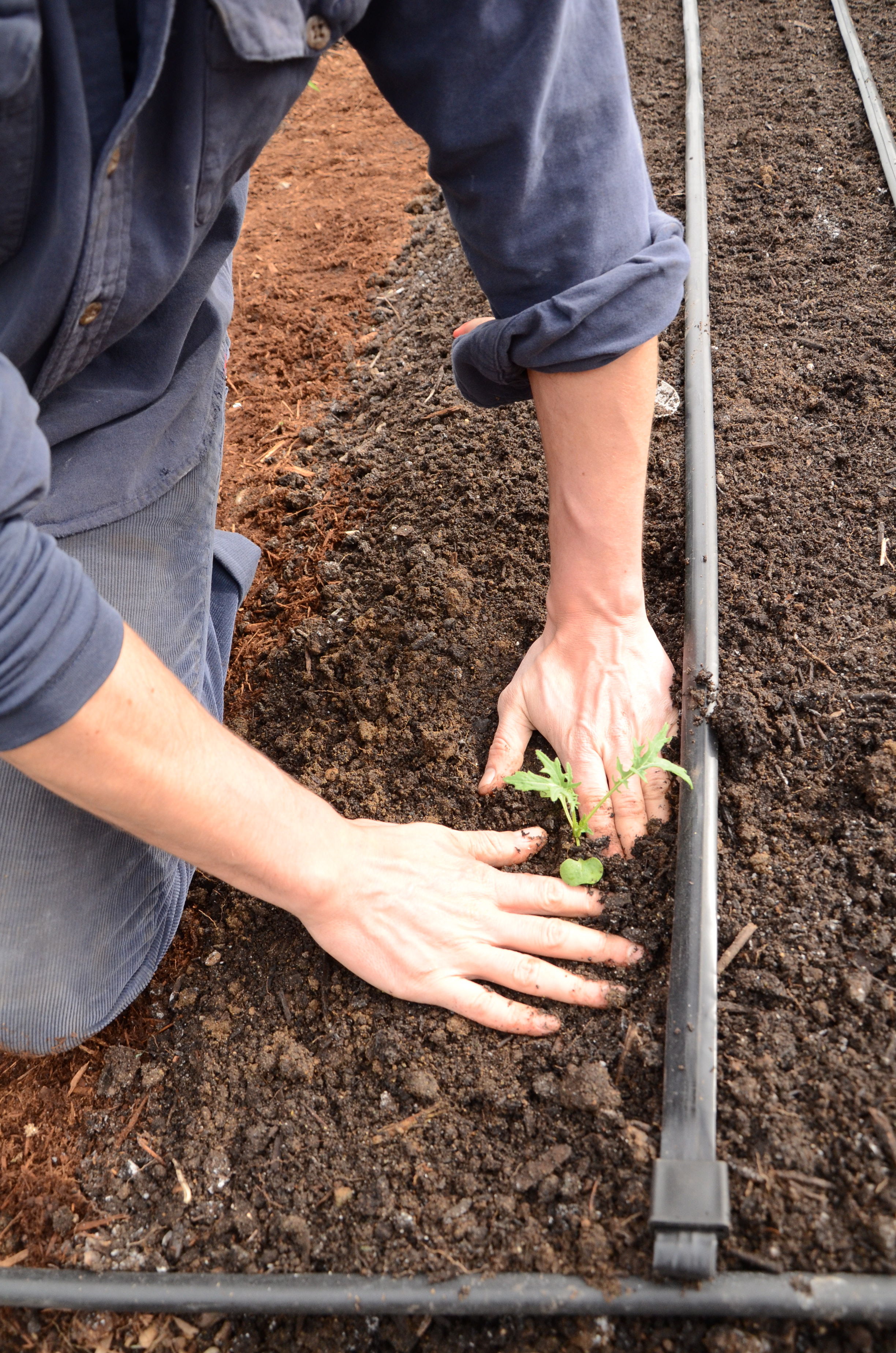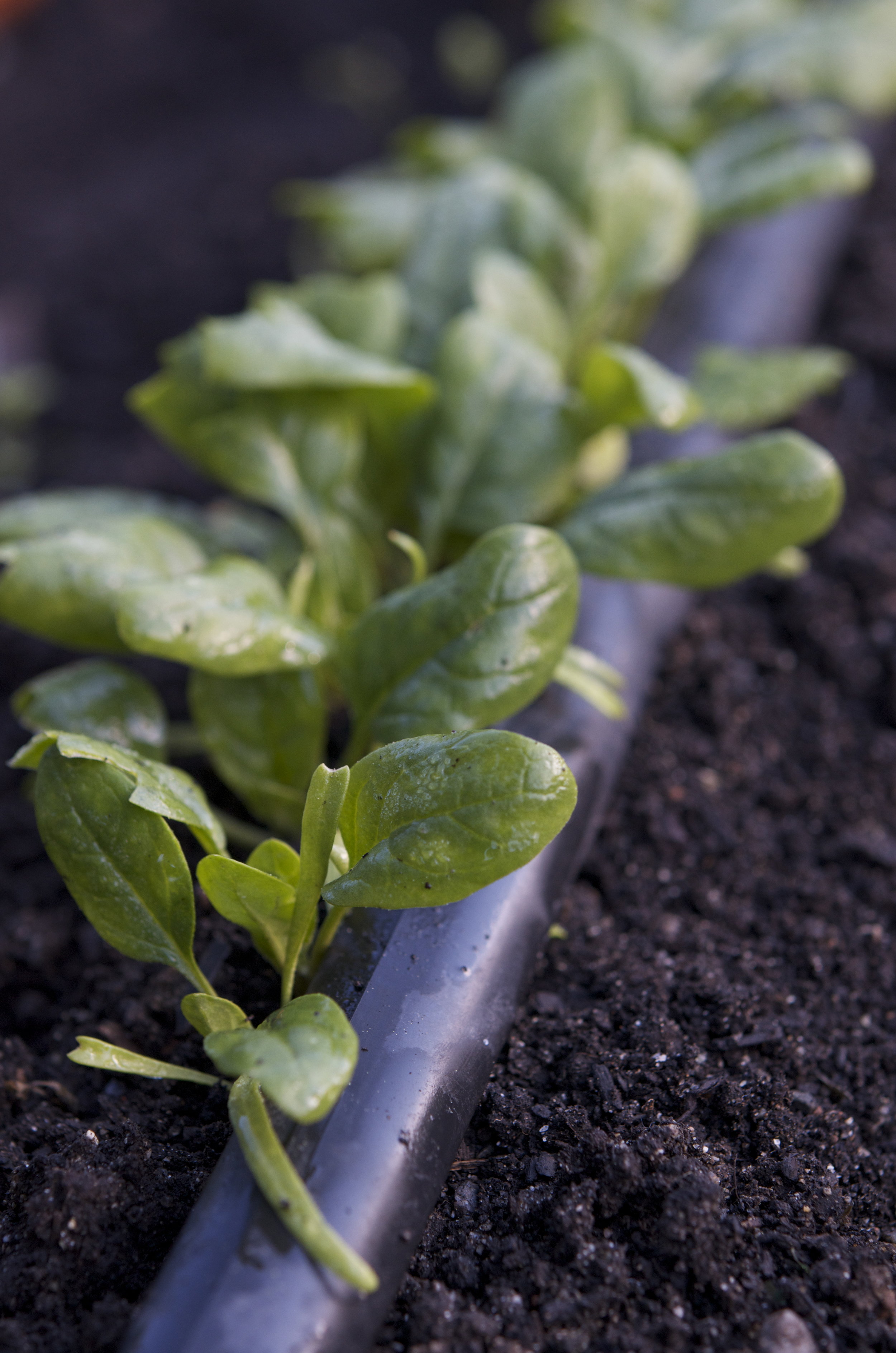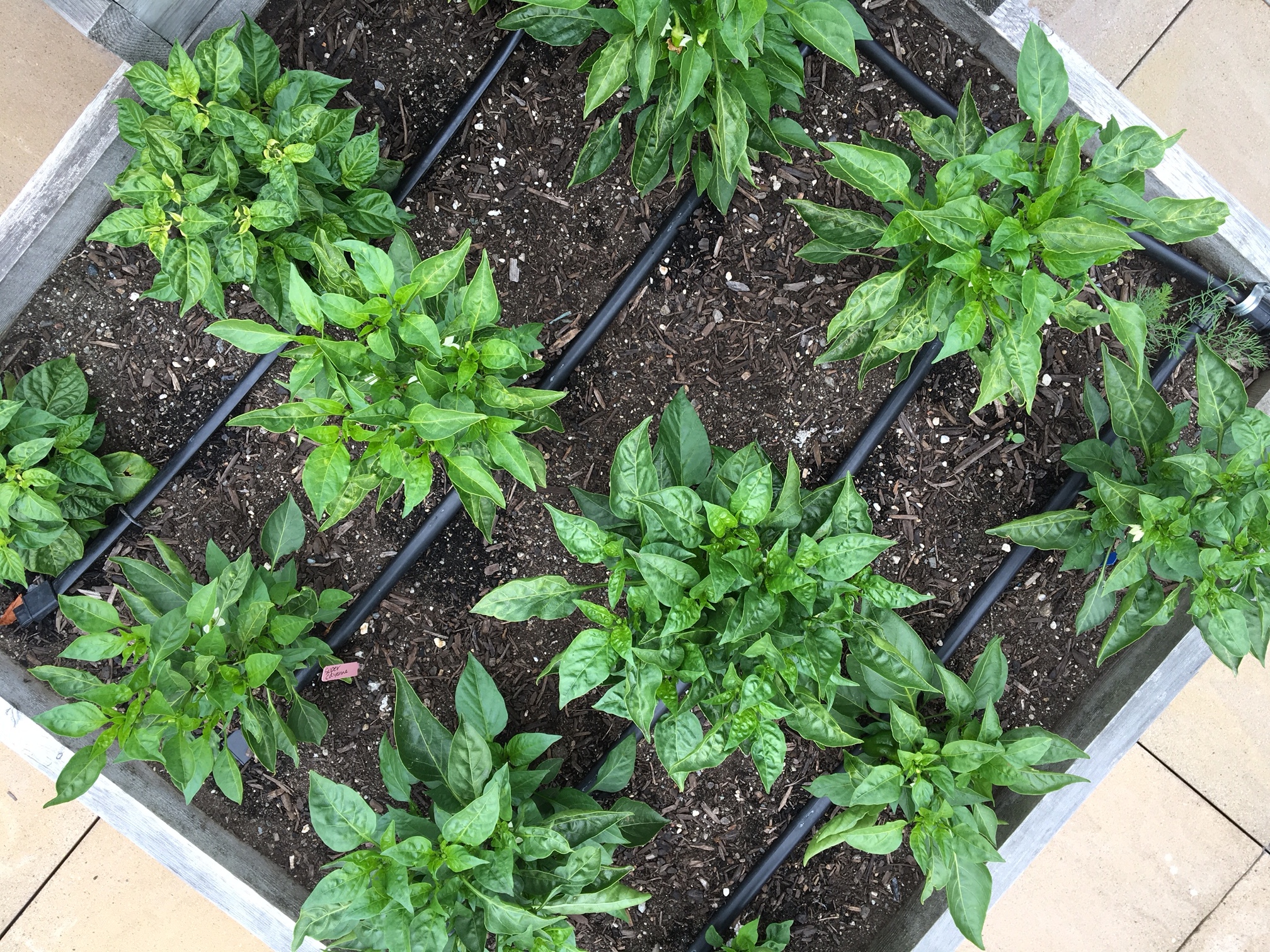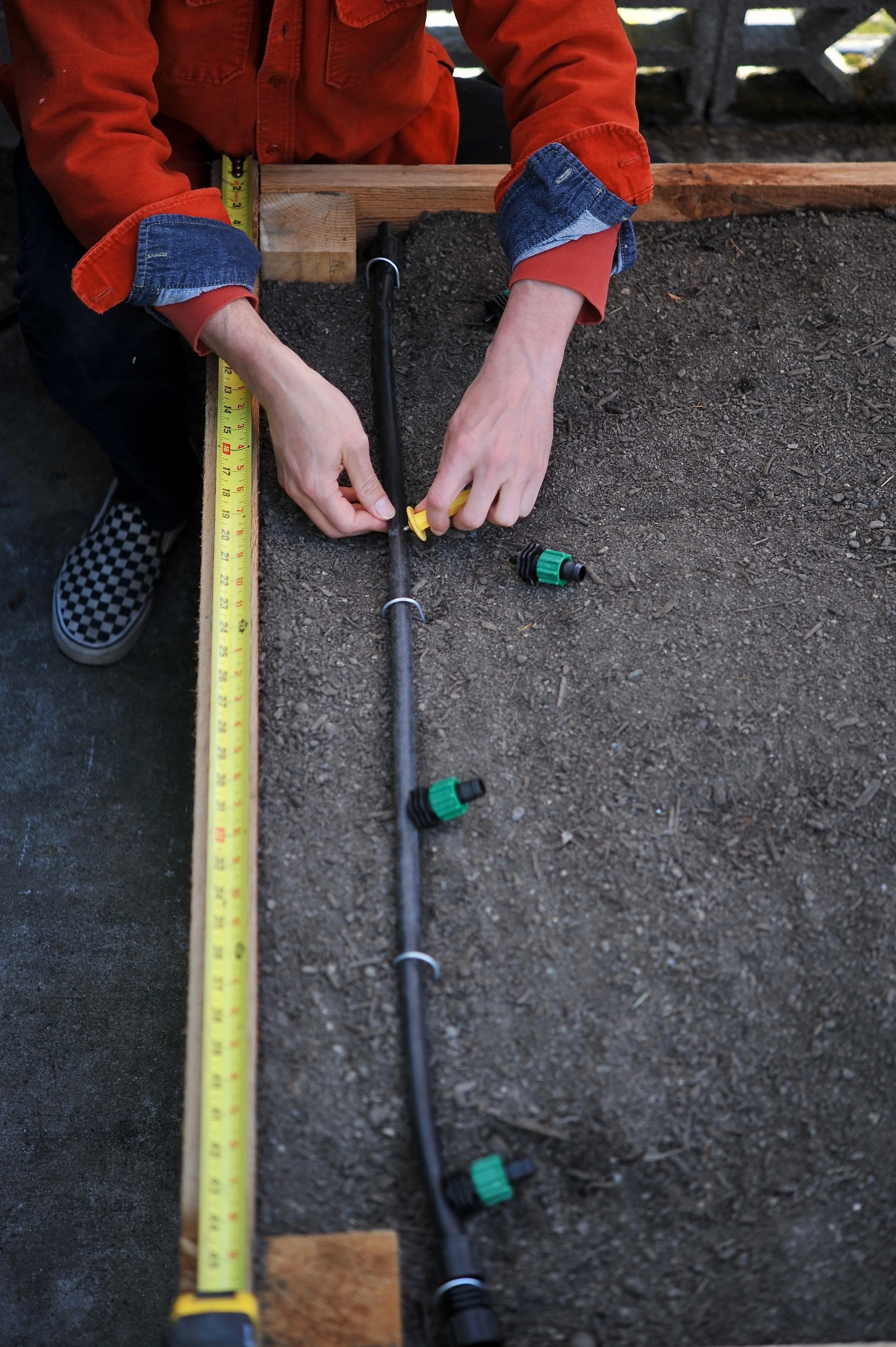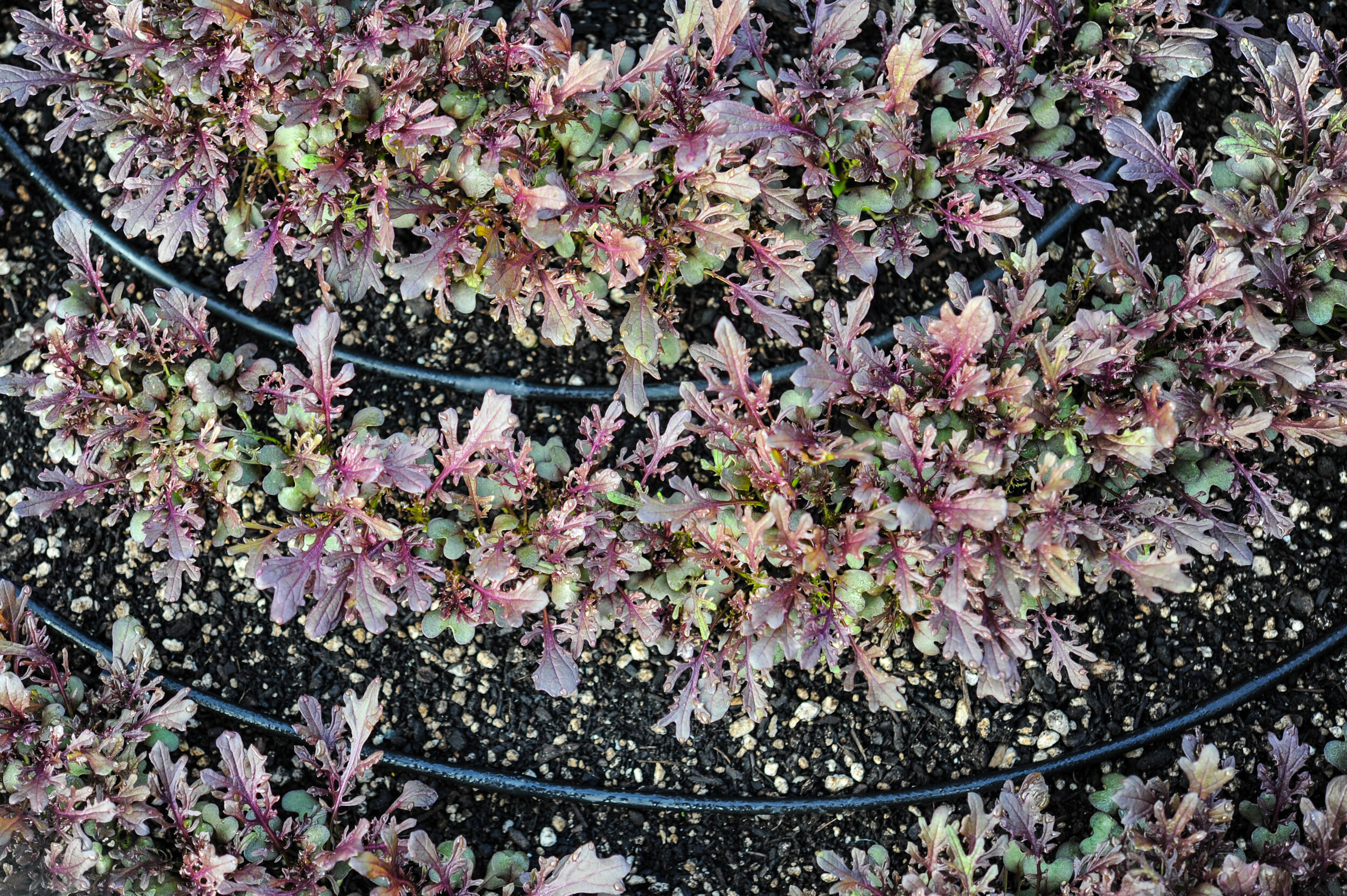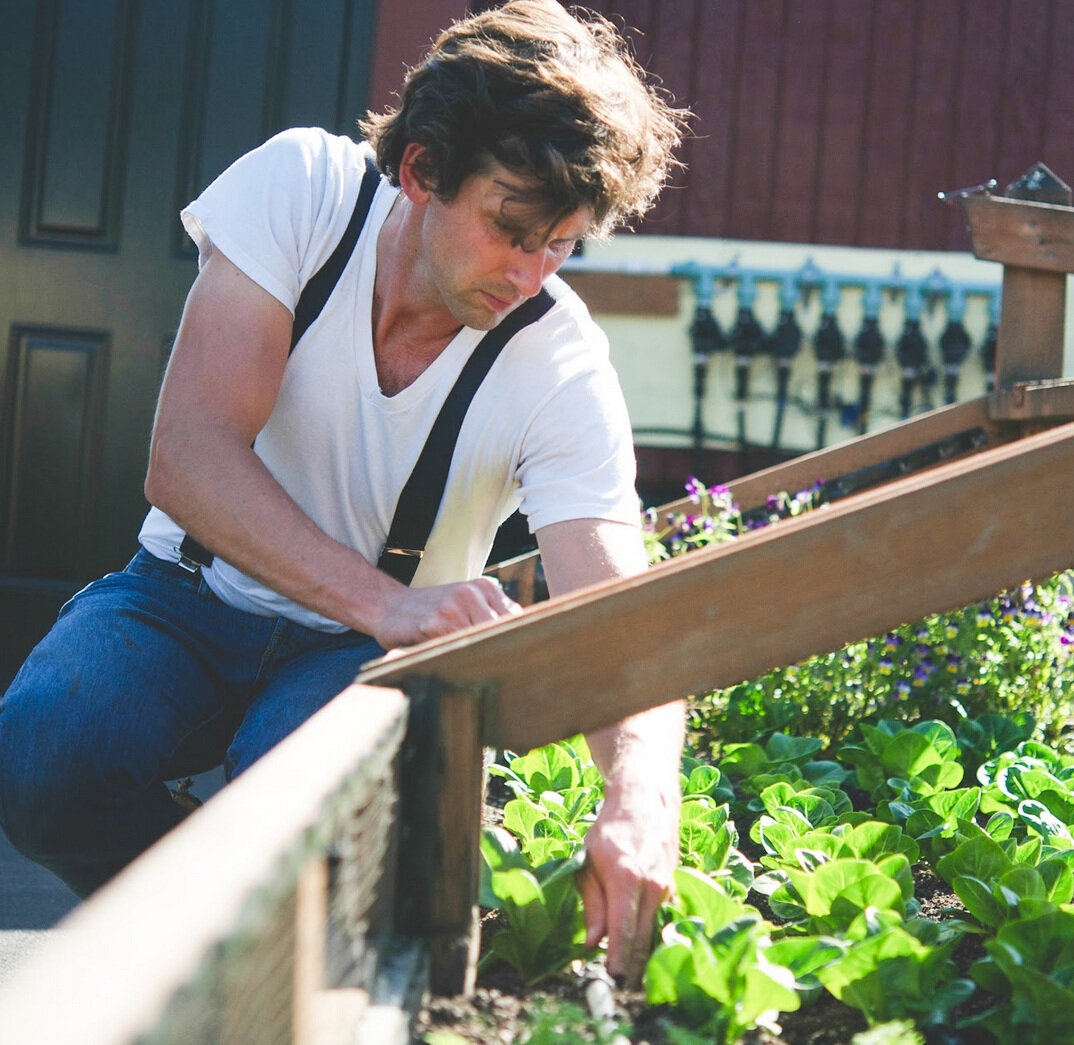Vegetables need adequate and consistent water to grow well. Most vegetables are 70-95 percent water, and they need to get all that from somewhere. When it comes to watering your vegetable garden, I have found that a drip irrigation system with an automatic timer is the best way to achieve the consistent watering that crops require. A drip irrigation system, while a little more costly and time consuming to install than say, a garden hose, will end up saving you time, water and money in the long run.
HOW TO LISTEN:
Subscribe in iTunes (or your favorite podcast player) to have our podcasts sent directly to your device.
Listen right now in your browser by clicking above.
SHOW NOTES:
In this episode, we discuss:
The benefits of drip irrigation
How frequently to run your system
Why winterizing your drip irrigation system isn’t necessary
Important Take-aways:
The benefits of a drip irrigation system are diverse:
Applying water directly to the soil surface is the most resource-efficient way to irrigate your plants.
Some crops, such as tomatoes, can be more prone to disease if their leaves are constantly getting wet, so drip irrigation can also help reduce disease issues.
Consistent watering also helps reduce the chances that your fruiting crops will develop blossom end rot.
Drip irrigation helps organize things because you can seed and transplant right along the drip lines, ensuring consistent germination and that water is going right to the roots of the emerging plants.
Conventional wisdom is to water crops deeply every few days to promote the growth of large root systems, encouraging the plants to chase the water deep into the subsoil. Experiment with different watering schedules to find what works best for your climate, soil type, and crop selection. The “golden range” of moisture to aim for is comparable to the feel of a damp sponge after you’ve wrung it out. A weekly moisture check and 30 seconds updating your timer settings will ensure proper watering all season long.
Drip irrigation lines are not under pressure between watering cycles, so the tubing and drip lines tend to empty themselves of water after each session, which means you can leave your system in place during the winter. You should remove the Y-valve, timer, pressure regulator, and filter and store them inside until setting your system back up in the spring.
Drip irrigation products we recommend:
Both the 1/4 inch drip line kit (DripWorks Garden Bed Irrigation Kit ) and the drip tape kit (Drip Tape Row Crop Kit with Timer) come with tubing with pre inserted drip emitters. This is a really important detail to look for, as the bubblers and systems that require you to insert your own emitters are much less effective and not nearly as fun to work with. A guide to piecing together a drip tape irrigation system in is our book, Food Grown Right, In Your Backyard.
Like what you hear? Please share our podcast with a friend. Subscribe on iTunes or your favorite podcast player so you never miss a beat. And we'd really appreciate you showing us some love by leaving a rating and review on iTunes.
Have a topic you'd like see us dig in to? Leave us a note in the comment section below or #EBpodcast on Instagram and Twitter!


